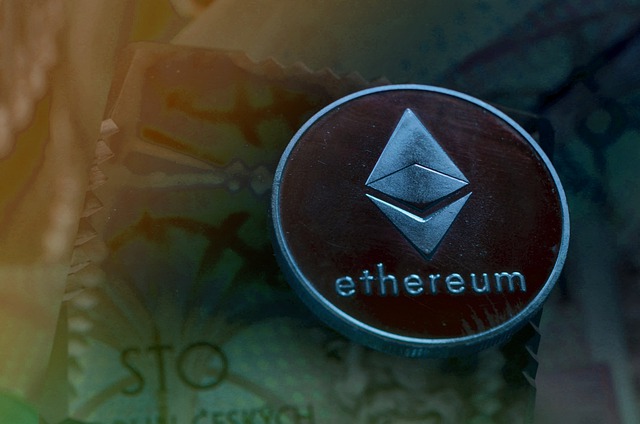On Tuesday, the Ethereum blockchain achieved a significant milestone as it implemented a major upgrade called "Bedrock" to its second layer, Optimism. This transformative development aims to enhance chain usability by drastically reducing gas fees and deposit confirmation times.
Optimism's objective with this major revamp is to move closer to its grand vision of becoming a "Superchain." This involves integrating numerous interoperable and composable blockchains to revolutionize the network's operational capabilities. Prominent US-based cryptocurrency exchange, Coinbase, had previously announced its plans to establish its innovative Base network on Optimism. Simultaneously, venture capital firm Andreessen Horowitz, known for its cryptocurrency support, is endorsing a new client software for this endeavor.
According to Karl Floersch, CEO and co-founder of OP Labs, the driving force behind Optimism's development, "Bedrock" has been aptly named to represent its fundamental role in creating the Superchain. He envisions the Superchain as an interconnected network of smaller chains that function harmoniously under the guidance of Optimism's OP Stack.
The Bedrock upgrade is expected to reduce gas fees by 40% through the implementation of an innovative data compression strategy. It also addresses the challenge of reorgs, which occur when a blockchain generates two blocks simultaneously, unintentionally creating a temporary replica of the blockchain. Bedrock's code alteration is designed to tackle reorgs by significantly reducing deposit confirmation time from 10 minutes to just one.
Furthermore, Bedrock introduces advanced proof modularity for its OP Stack, an open-source toolkit that empowers developers to build customizable environments on Optimism. This upgrade will improve node performance and incorporate other significant code modifications.
An important aspect of Bedrock's initiative is its contribution to the transition of Optimism towards a multi-client ecosystem. This will enable multiple software versions to interact with the network, strengthening its resilience by eliminating single points of failure. The process lasted two to four hours, during which deposits and withdrawals were temporarily suspended, and the chain was briefly halted.

























Comment 0